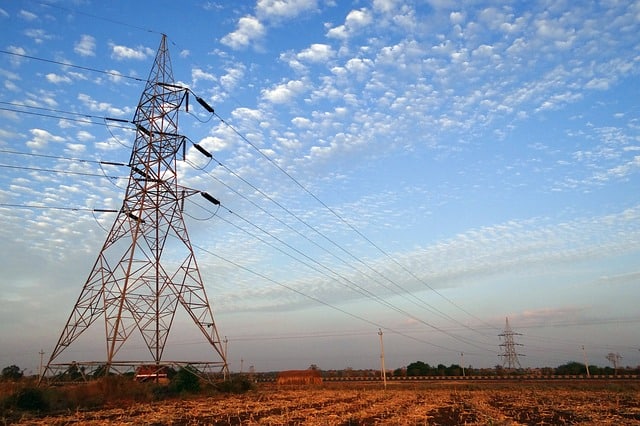We have used coal to generate electricity since the 1880s. The tide is rapidly shifting towards renewable energy sources like wind and solar – so is the existing National Electricity Market (NEM) ready to handle that?
This current network includes around 40,000km of transmission lines and cables, and supplies around 200 terawatt-hours of electricity to about 9 million Australians.
As we transition away from coal and gas, this network needs to be ready for a majority share of renewables by 2025. To achieve that goal, we are going to need to address many challenges first.

The current state of the grid
According to research conducted by the Australian Energy Market Operator (AEMO), the current network could safely operate with up to 75 per cent renewables, but not without changes.
There would have to be alterations made to the markets and regulatory requirements to reach that level, or else the current network would throttle the contribution of these clean energy sources at around 50 to 60 per cent.
Several other challenges need to be addressed as well, including:
Different limits and how to action them: The more renewable energy that flows into the network, the more variable and complex it becomes. This means the system operates closer to peak limits, which means the past frameworks will be no longer relevant and will need to be updated.
New standards will need to be created: The current technical standards for distributed energy resources and enforcement are inadequate.
We are treading on new ground: By 2025, all mainland NEM regions could be operating at over 50 per cent renewables at all times, which is unprecedented.
The emergency response framework is inadequate: The primary frequency response system has declined in recent years, and AEMO is calling for implementing the Mandatory Primary Frequency Response rule to be able to arrest and stabilise any frequency deviations.
New behaviours mean new risks: One example of this is the NEM inertia levels, which account for the minimum threshold a region can tolerate when separated from the rest of the NEM. This has never fallen below 68,000-megawatt seconds (MWs) in Australia, but could plummet to 45,000 MWs by 2025.
There are many uncertainties: Distributed photovoltaics (DPV), inverter-based resources (IBR), and schemes where solar users can export power to the grid create complexities and unknowns.
Increases in ramping: The NEM needs to be more flexible to account for much greater peaks of supply and demand. Forecasting at present is still uncertain, and managing a sufficiently flexible system will be challenging.
AEMO chief executive Audrey Zibelman said these challenges meant new and flexible frameworks would need to be implemented before 2025 to manage the influx of renewable energy.
“Given the pace and complexity of change in the (market), the study highlights the need for flexible market and regulatory frameworks that can adapt swiftly and effectively as our understanding of the changing power system evolves,” she said.











































